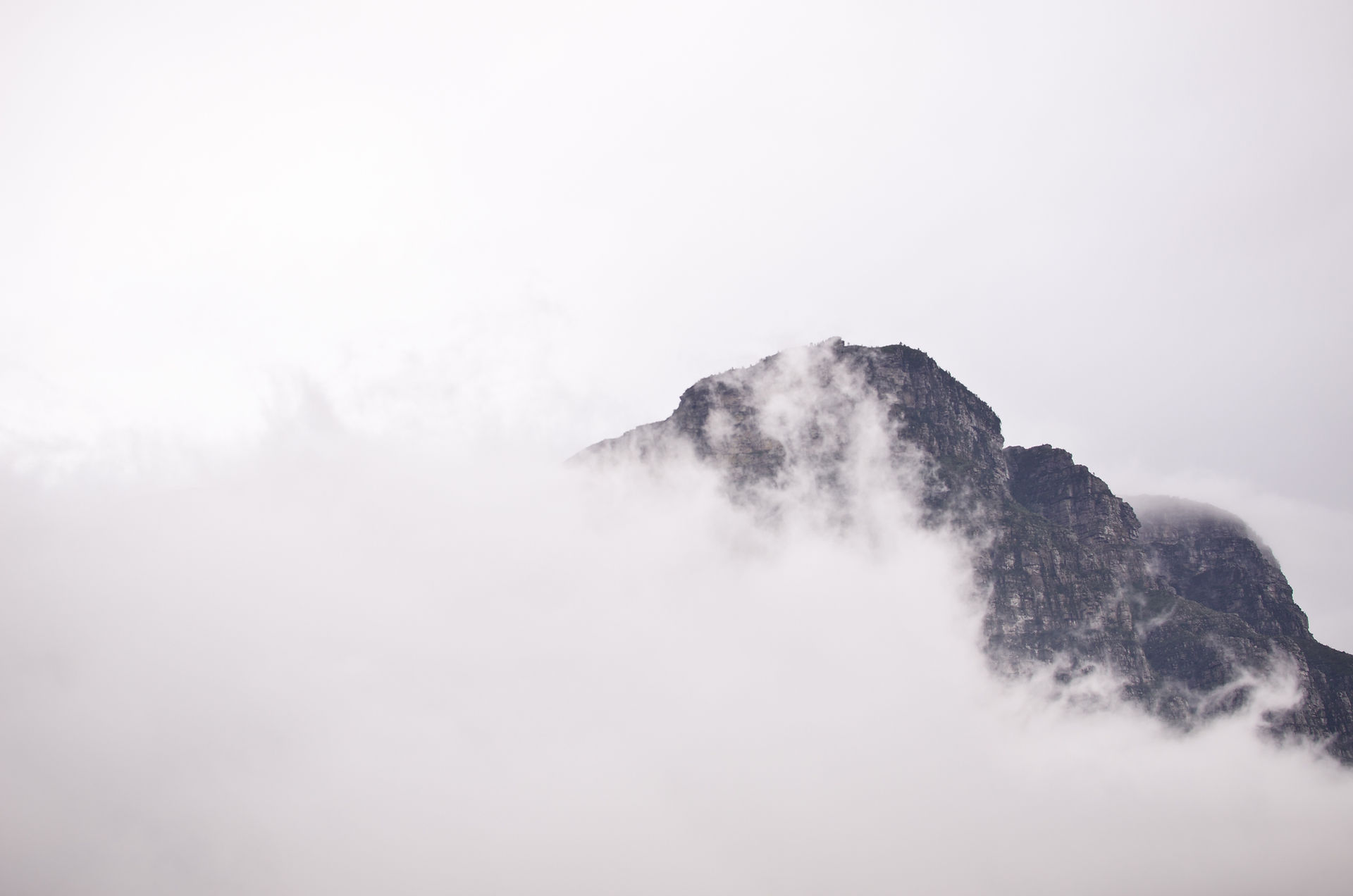- erick
- Aug 28, 2021
- 2 min read
Updated: Nov 30, 2023
In the past I was very often resistant to the topic of meditation, and to the word itself. Like most words, it is a bit inefficient and clumsy in trying to bring across the value of the Form. Also, at the time, many of the people who spoke the most about meditation were those that I least aspired to be like.
In reality we are all meditating to some degree throughout our day, and that all of these acts of meditation — whether they be in a temple or at the end of a meal — produce their own predictable results. Where awareness goes energy flows and all of that.
Some might call my preferred mode of tea service a meditation, or tea practice. I’m, not sure if fiddling with a kettle and then staring at my tea pot or at a point in the wall requires any particular nomenclature. The true values for me, is what I get out of this process. The resetting of the mind, or at the least a distinct slowing down of the bodily processes in order that afterward they work much more efficiently.
Ultimately, I came to get over some of my hang ups with the word meditation, by coming at it from another direction. The path of Qi Gung (kung fu), merged with the practice of tea ritual, were the alternate gate which led to the palace of realization.
What appealed to me most about the Way of Tea was that there were no rules to it per say. My teacher once used a play on words to define this Cha Dao (Way of Tea), as simply the pouring out of a pot of tea (dao cha 倒茶). This was clever on his part, but belies a hidden truth in the experience of the Way of Tea. That being, by letting go we may gain a grasp of everything.


